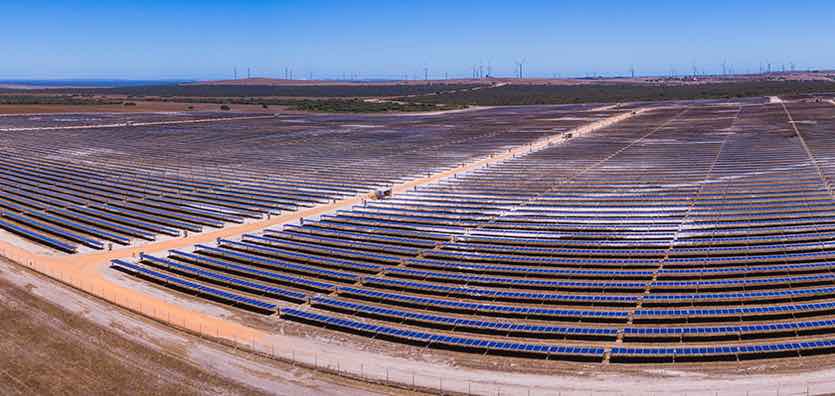Western Australia has opened up its grid for just under 1GW of new large-scale renewable energy projects, as it works to upgrade its network and catch up with the rest of Australia in the transition to low-carbon electricity generation. And it has appointed a new energy minister to shepherd the process.
The McGowan Labor government announced a cabinet reshuffle late last week that returned the energy portfolio to Mines minister Bill Johnston. He had previously acted as opposition spokesman on energy.
Johnston takes over the energy portfolio from Ben Wyatt, who is also the state’s treasurer, and whom the premier said had too much on his plate.
State-owned utility Western Power said earlier this month it had opened the South West Interconnected Network to around 900MW of new renewables projects through its final Generator Interim Access (GIA) offers.
The utility said the GIA scheme had been created in consultation with the Australian Energy Market Operator and the Public Utilities Office, to help progress connections to the grid that would have been unviable under the current unconstrained network access arrangement.
It says a total of eight connection offers have been made to generators who will operate under constrained conditions – meaning their access to the network may be reduced by AEMO when another generator is competing for the network.
This will be controlled by computer systems that will monitor outputs of the GIA group of generators and limit their outputs to ensure the safe operating limits of the network are not exceeded.
The West Australian reports that among the eight projects are believed to be Alinta Energy’s $500 million, 210MW Yandin wind farm in the state’s mid-west, and the 100MW-plus solar projects near Cunderdin and Merredin in the wheatbelt.
“It is understood the changes will also pave the way for the huge Warradarge wind farm north of Cervantes, a project central to plans by power provider Synergy to meet its share of the RET,” the paper said.
A leader in rooftop solar uptake, Western Australia lags behind the rest of the country on large-scale renewables, its electricity grid still dominated by black coal and gas generation.
So far, just 500MW of big wind and solar capacity has been installed, with 70MW of projects currently under active development. By comparison, Queensland has 5,638MW of big solar and wind projects in the process of being built.
All up, Western Power chief Guy Chalkley said the GIA could add around 20 per cent of new generation capacity to the existing mix of the state’s grid, and address a “significant hurdle” to new projects wanting to connect.
“Within the last five years, we haven’t connected many large‐scale generators to the grid mainly due to the high cost of augmentation required for new generators to achieve an unconstrained network connection,” Chalkley said.
“Now with the GIA, we have businesses being offered connection solutions that enable them to invest in the state energy market, with a number of those projects being 100MW-plus generators.
“Ultimately the move to a constrained access market by the state government in 2022 will not only assist with the deployment of more low-cost renewable energy but will minimise unnecessary additional costs to market participants.”










